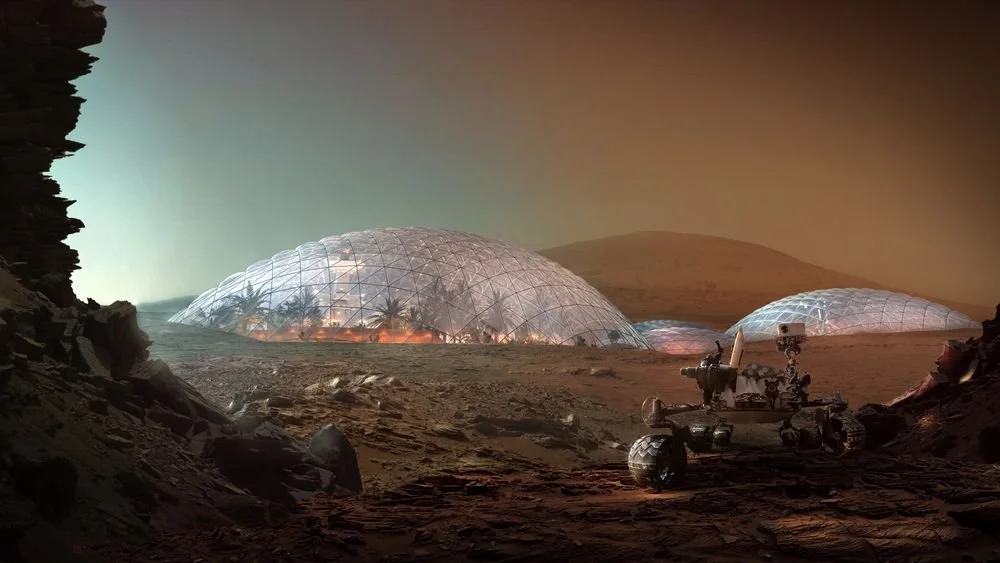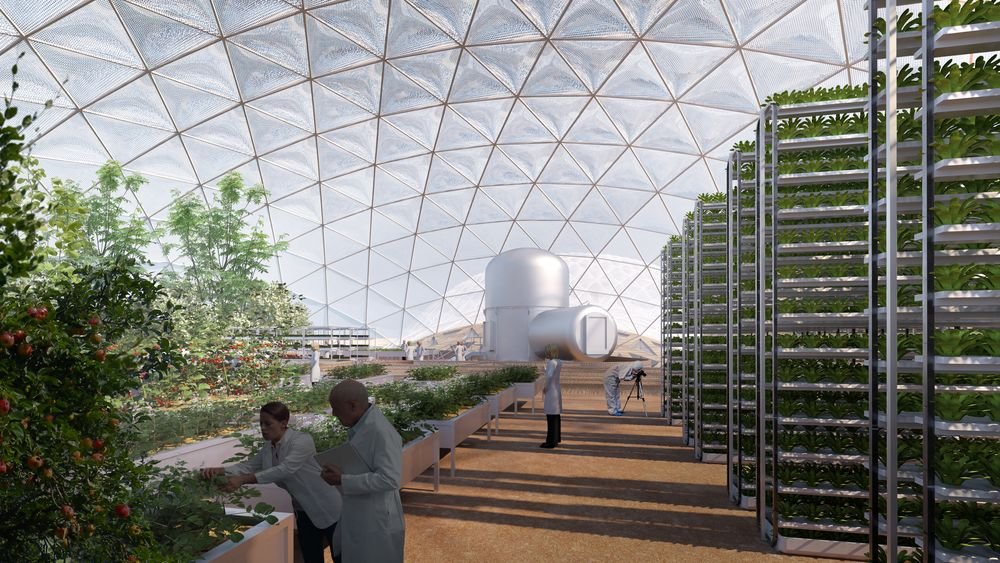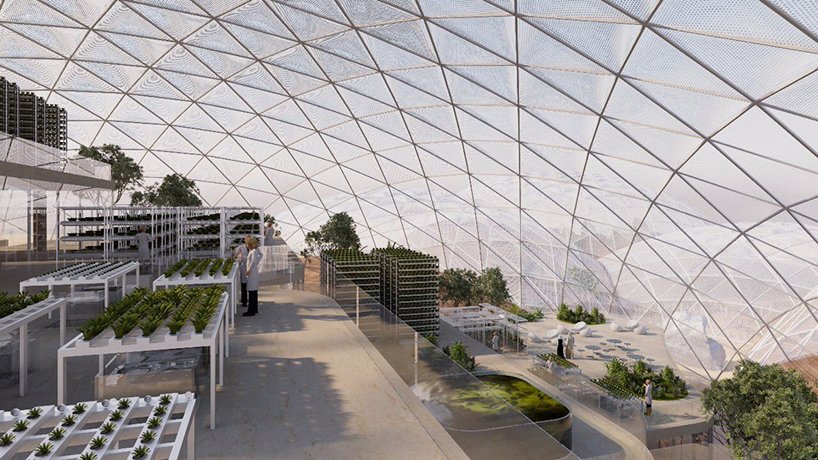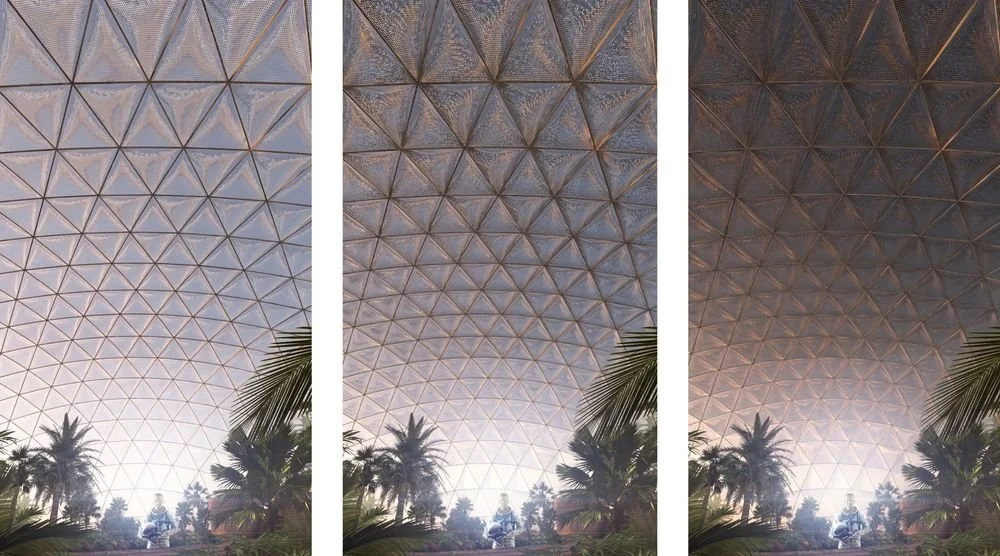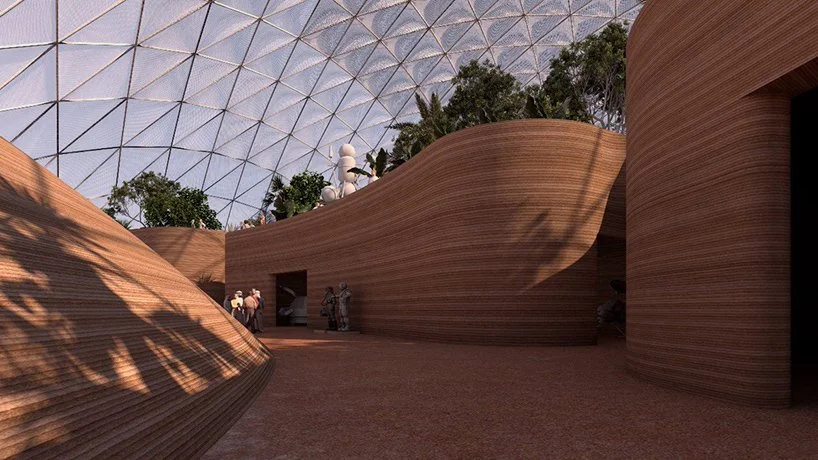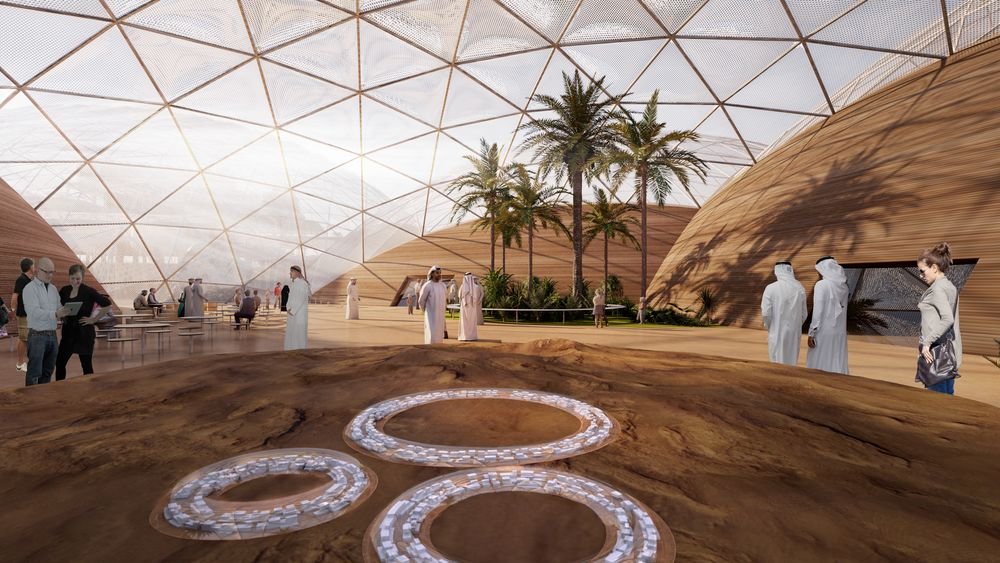A $140 Million Prototype Of A Mars Colony Is Being Planned For A Desert Near Dubai — Here's What It Looks Like
A $140 Million Prototype Of A Mars Colony Is Being Planned For A Desert Near Dubai — Here's What It Looks Like
- Leanna Garfield
- Oct. 4, 2017
BIG's design for the Mars Science City near Dubai, UAE.Dubai Media Office
What might it be like to live on Mars?
Bjarke Ingels Group — the architects behind the designs for Two World Trade Center in Manhattan and the Hyperloop One — has an idea.
The firm is designing a city in the desert of the United Arab Emirates meant to simulate a Mars colony. The $140 million development near Dubai is slated to be "a viable and realistic model to simulate living on the surface of Mars," according to the local government.
The design for the Mars Science City, as it's called, spans 1.9 million square feet — which would make it the largest of its kind in the world. The plan calls for a team of astronauts to spend a year living in the simulated city after it's completed. However, there's no timeline for construction yet.
A team of Emirati scientists and engineers from the Mohammed bin Rashid Space Centre plan to conduct research about colonizing the red planet at the Mars Science City.
Dubai Media Office
Source: The Government of Dubai
The city is expected to include a giant greenhouse to test agricultural techniques, as well as laboratories designed to explore how to store food, generate energy, and get water.
Dubai Media Office
The greenhouse plan calls for the use of an agricultural technique called vertical farming. Instead of natural sunlight, crops would grow under LEDs on stacked trays in a climate-controlled environment.
Dubai Media Office
The ceiling would be made of materials that can block solar radiation (which is stronger on Mars than on Earth, due to its lack of protective atmosphere). The walls would be 3D-printed.
Dubai Media Office
A portion of the development includes a museum where visitors could learn about achievements in space exploration.
Mars Science City is part of the United Arab Emirates' larger mission to create a viable community on the red planet within the next century.
Dubai Media Office
"The UAE seeks to establish international efforts to develop technologies that benefit humankind ... and that establish the foundation of a better future for more generations to come," UAE's prime minister, Sheikh Mohammed bin Rashid, said at a recent meeting of government officials.
Dubai Media Office



